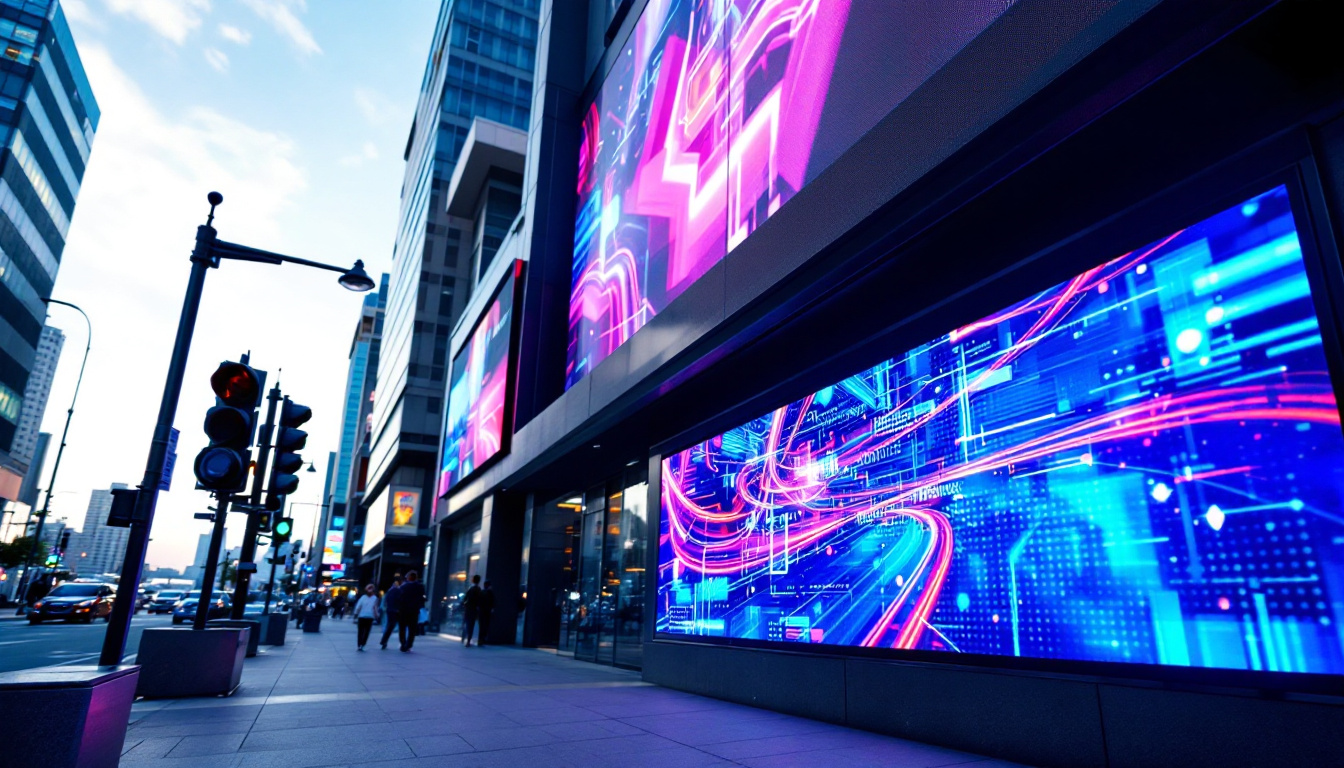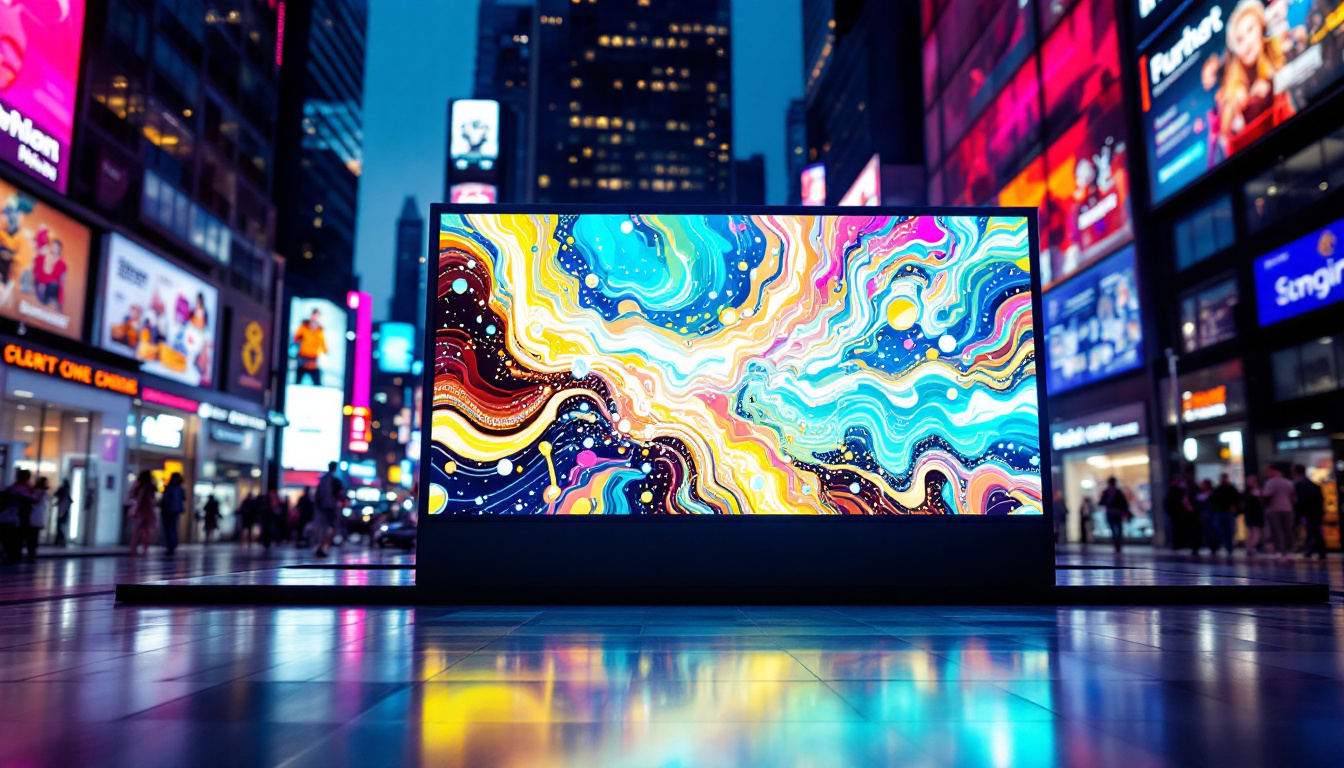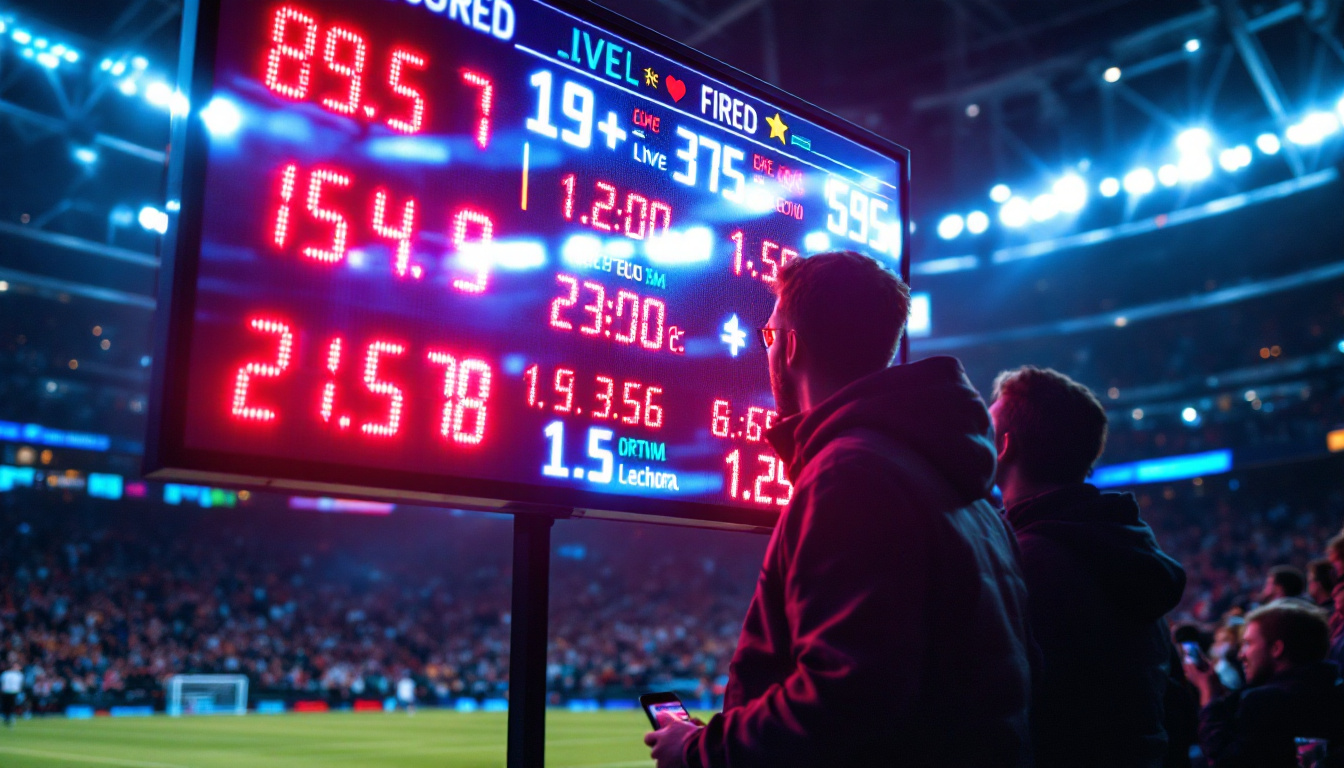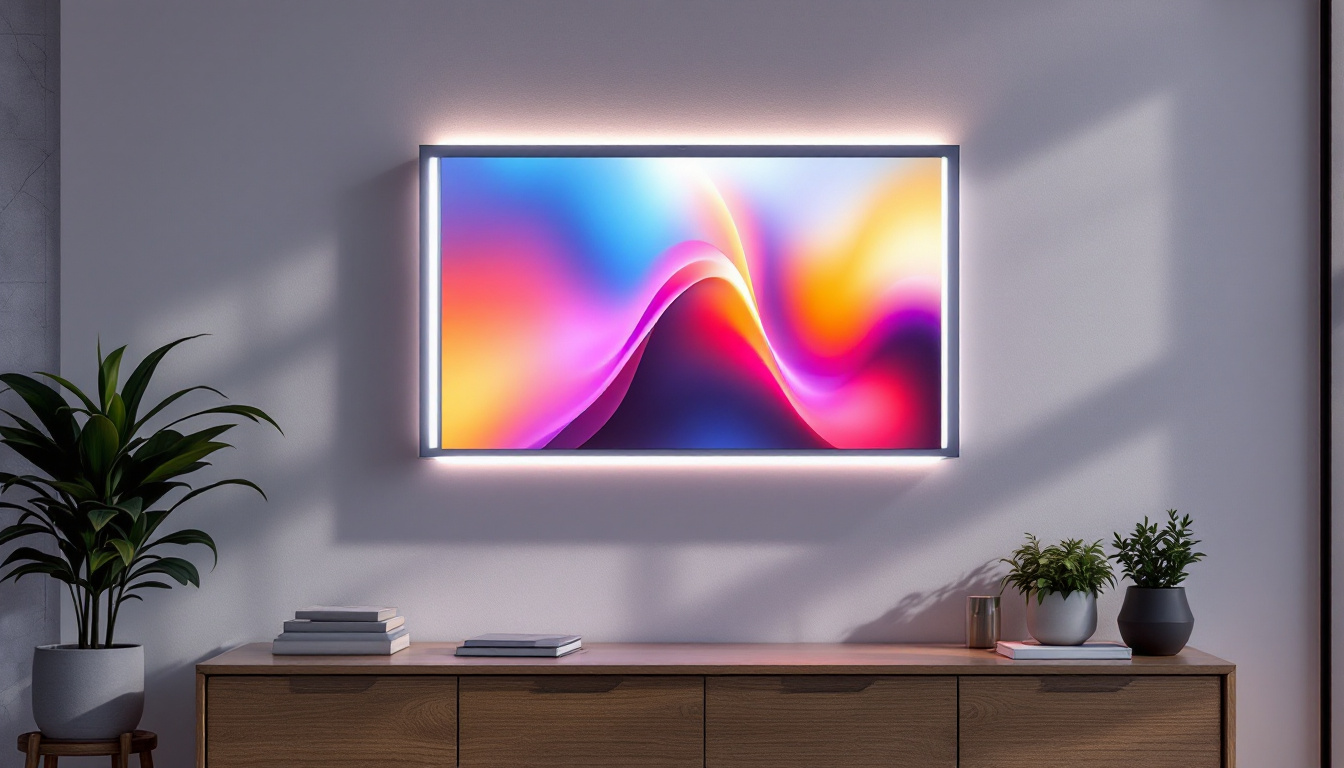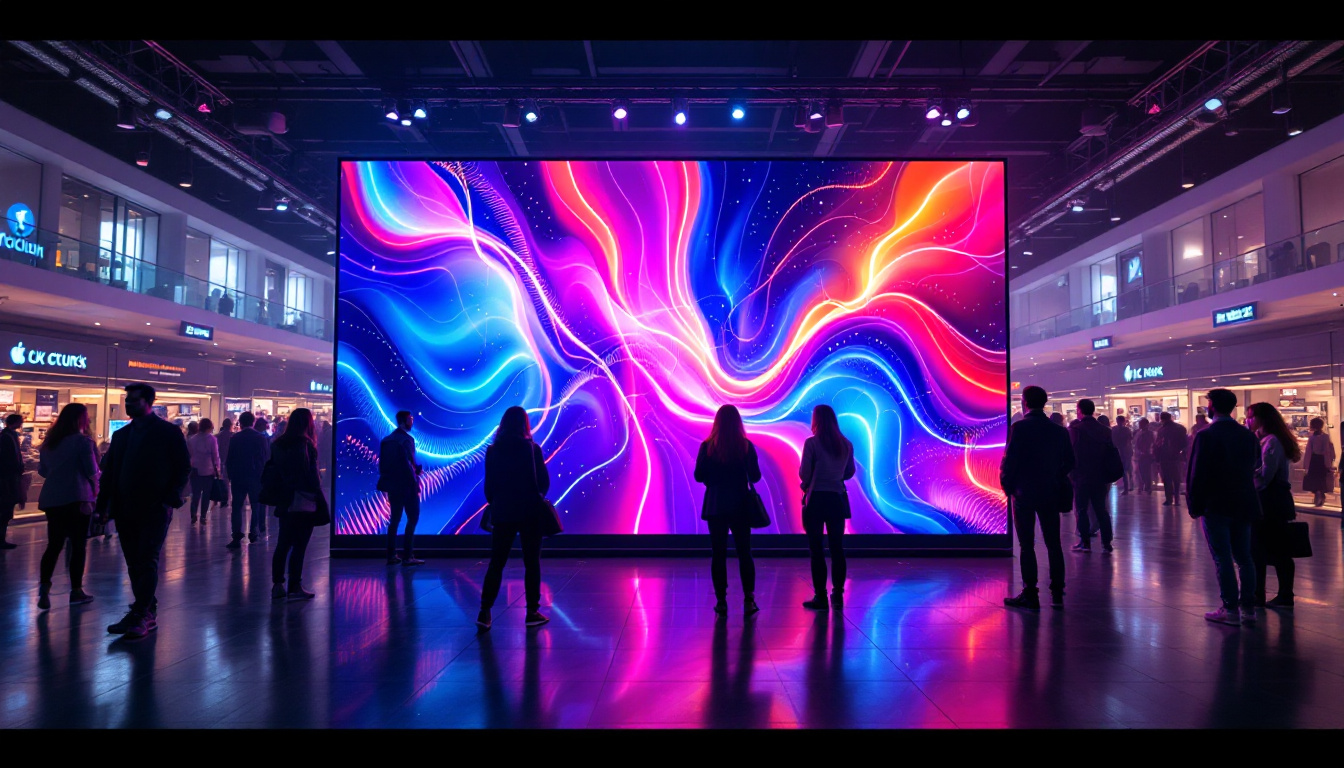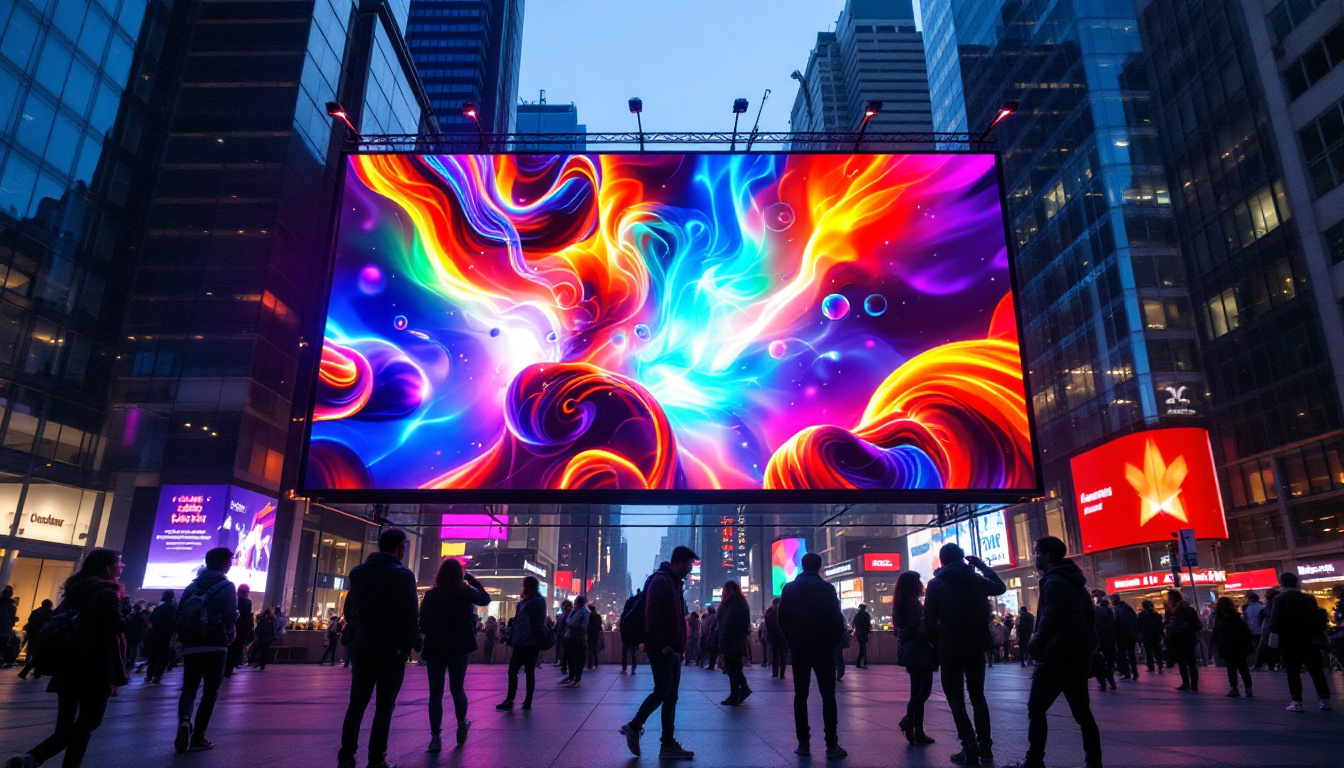What Is A LCD Screen: LED Display Explained
In the realm of modern technology, displays play a crucial role in how we interact with devices. One of the most common types of displays found in televisions, computer monitors, and smartphones is the LCD screen, often paired with LED backlighting. Understanding the intricacies of LCD technology and its LED counterpart can enhance your appreciation of these devices and inform your purchasing decisions.
Understanding LCD Technology
Liquid Crystal Display (LCD) technology has transformed the way visuals are presented. Unlike older display technologies like CRT (Cathode Ray Tube), LCDs are thinner, lighter, and more energy-efficient. They utilize liquid crystals that manipulate light to create images.
How LCD Works
At the core of an LCD screen are liquid crystals, which are substances that exhibit properties between those of liquids and solid crystals. When an electric current is applied, these crystals align in a way that allows light to pass through or be blocked. This process is essential for creating the images we see on the screen.
LCDs typically consist of several layers, including a backlight, polarizers, and the liquid crystal layer itself. The backlight, often made of LEDs, illuminates the display. The polarizers filter the light, while the liquid crystals modulate it to produce the desired colors and images. This intricate layering not only enhances the visual quality but also contributes to the overall efficiency of the display, allowing for vibrant colors and sharp contrasts that are essential for modern media consumption.
Moreover, advancements in LCD technology have led to the development of features such as edge-lit and full-array backlighting, which provide improved brightness and contrast across the screen. These innovations have made LCDs more versatile, catering to various applications from smartphones and tablets to large-screen televisions and computer monitors.
Types of LCD Displays
There are several types of LCD technologies, each with unique characteristics. The most common types include Twisted Nematic (TN), In-Plane Switching (IPS), and Vertical Alignment (VA). Each type has its advantages and disadvantages, impacting color reproduction, viewing angles, and response times.
TN panels are known for their fast response times, making them popular for gaming. However, they often struggle with color accuracy and viewing angles. IPS panels, on the other hand, offer superior color reproduction and wider viewing angles, making them ideal for graphic design and professional work. VA panels provide better contrast ratios, making them suitable for watching movies and playing games in dark environments. Additionally, the emergence of newer technologies such as Advanced High-Performance In-Plane Switching (AH-IPS) and Super Vertical Alignment (SVA) has further refined the capabilities of LCDs, enhancing their performance in terms of color depth and energy efficiency.
As the demand for high-quality displays continues to rise, manufacturers are constantly innovating within the LCD space. Technologies like Quantum Dot and Mini LED are being integrated into LCD panels to improve color accuracy and brightness, pushing the boundaries of what is possible with liquid crystal displays. This ongoing evolution not only enhances the user experience but also opens up new possibilities for applications in virtual reality, augmented reality, and beyond, ensuring that LCD technology remains a vital component in the world of visual displays.
LED Backlighting: The Game Changer
While LCD technology itself is impressive, the introduction of LED backlighting has revolutionized the display landscape. LED backlighting enhances the performance of LCDs, providing brighter images and improved energy efficiency.
What is LED Backlighting?
LED (Light Emitting Diode) backlighting refers to the use of LEDs to illuminate the LCD screen. Unlike traditional fluorescent backlighting, which can be bulky and less energy-efficient, LED backlighting offers a slimmer profile and better energy consumption. This advancement allows manufacturers to create thinner and lighter displays without sacrificing quality.
There are two primary types of LED backlighting: edge-lit and full-array. Edge-lit displays have LEDs positioned along the edges of the screen, while full-array displays have a grid of LEDs behind the entire screen. Full-array backlighting typically provides better contrast and uniformity, enhancing the overall viewing experience. Moreover, the ability to control individual zones of backlighting in full-array systems allows for dynamic contrast adjustments, which can significantly improve the visual quality during scenes with varying brightness levels.
Benefits of LED Backlighting
The integration of LED backlighting into LCD technology brings numerous benefits. One of the most notable advantages is improved brightness. LED backlit screens can achieve higher brightness levels than traditional LCDs, making them more suitable for various lighting conditions.
Additionally, LED backlighting enhances color accuracy and contrast. This improvement allows for deeper blacks and more vibrant colors, resulting in a more immersive viewing experience. Furthermore, LED displays are generally more energy-efficient, leading to lower electricity costs and a reduced environmental impact. The longevity of LED technology also means that users can enjoy their displays for extended periods without the need for frequent replacements, making it a cost-effective choice in the long run. Furthermore, as technology continues to advance, the integration of smart features with LED backlighting, such as adaptive brightness and color calibration, is becoming increasingly common, providing users with a tailored viewing experience that adjusts to their environment and preferences.
Comparing LCD and LED Displays
While the terms LCD and LED are often used interchangeably, it is essential to understand the distinctions between them. LCD refers to the technology behind the display, while LED refers to the type of backlighting used in conjunction with that technology.
Image Quality
When comparing image quality, LED backlit LCDs typically outperform traditional LCDs with fluorescent backlighting. The enhanced brightness, contrast, and color accuracy of LED displays contribute to a more visually appealing experience. However, the specific performance can vary based on the type of LCD technology used (TN, IPS, or VA). For instance, IPS panels are renowned for their superior color reproduction and wider viewing angles, making them a popular choice for graphic designers and photographers who require precise color accuracy. On the other hand, TN panels, while often faster in response time, may suffer from poorer color representation and limited viewing angles, which can be a drawback for multimedia consumption.
Energy Efficiency
Energy efficiency is another critical factor to consider. LED backlighting consumes less power compared to traditional fluorescent backlighting, resulting in lower energy bills and a smaller carbon footprint. This efficiency is particularly relevant for large screens, such as televisions, which are often used for extended periods. Moreover, many modern LED displays come equipped with features like automatic brightness adjustment and energy-saving modes that further enhance their efficiency. As technology progresses, manufacturers are also developing eco-friendly materials and production methods, making LED displays not only a cost-effective choice but also a more sustainable option for environmentally conscious consumers.
Longevity and Durability
In addition to image quality and energy efficiency, longevity and durability are significant aspects to consider when choosing between LCD and LED displays. LED backlit displays generally have a longer lifespan compared to traditional LCDs, as the LED lights can last up to 100,000 hours, significantly reducing the need for replacements. This longevity is particularly beneficial in commercial settings, where displays are often in constant use. Furthermore, LED technology is less prone to issues like screen burn-in, which can affect older LCD technologies, ensuring that the display maintains its quality over time. As a result, consumers can enjoy a reliable viewing experience without the frequent need for upgrades or repairs, making LED displays a wise investment for both home and professional use.
Applications of LCD and LED Displays
The versatility of LCD and LED displays has led to their widespread adoption across various industries. From consumer electronics to professional applications, these displays are integral to modern life.
Consumer Electronics
In the realm of consumer electronics, LCD and LED displays are ubiquitous. Smartphones, tablets, laptops, and televisions all utilize this technology to deliver high-quality visuals. The advancements in display technology have enabled manufacturers to produce devices that are not only visually stunning but also energy-efficient.
For instance, modern televisions often feature 4K resolution and HDR (High Dynamic Range) capabilities, providing an unparalleled viewing experience. These advancements are made possible through the combination of LCD technology and LED backlighting, allowing for vibrant colors and sharp images.
Professional Applications
Beyond consumer electronics, LCD and LED displays are also crucial in professional settings. Industries such as graphic design, photography, and video production rely on accurate color reproduction and high-resolution displays. IPS panels, in particular, are favored in these fields due to their superior color accuracy and wide viewing angles.
Moreover, in medical settings, LCD displays are used in diagnostic imaging equipment, where precision and clarity are paramount. The ability to display detailed images can significantly impact patient outcomes, making reliable display technology essential.
The Future of LCD and LED Technology
As technology continues to evolve, so too does the landscape of display technology. While LCD and LED displays have dominated the market for years, emerging technologies like OLED (Organic Light Emitting Diode) are beginning to gain traction.
Emerging Technologies
OLED technology offers several advantages over traditional LCD and LED displays, including deeper blacks, faster response times, and wider viewing angles. Unlike LCDs, which require a backlight, OLED panels emit their own light, allowing for greater contrast and color depth.
However, OLED technology is not without its challenges. Issues like burn-in and higher production costs have hindered widespread adoption. As research and development continue, it is likely that hybrid technologies combining the best aspects of LCD, LED, and OLED will emerge, further enhancing the display experience.
Environmental Considerations
As the demand for displays continues to rise, so does the need for sustainable practices in manufacturing and disposal. The electronics industry is increasingly focusing on reducing waste and improving energy efficiency. Innovations in recycling and sustainable materials are becoming more prevalent, ensuring that the production of LCD and LED displays has a minimal environmental impact.
Conclusion
LCD screens with LED backlighting have become a cornerstone of modern display technology, offering a blend of efficiency, performance, and versatility. Understanding how these technologies work and their applications can empower consumers to make informed decisions when purchasing devices.
As technology advances, the future of displays looks promising, with potential innovations that could redefine our visual experiences. Whether in consumer electronics or professional applications, LCD and LED displays will continue to play a vital role in shaping how we interact with the digital world.
In summary, the combination of LCD technology and LED backlighting has revolutionized the display industry, providing users with brighter, more vibrant, and energy-efficient screens. As the landscape evolves, staying informed about these technologies will ensure that users can fully appreciate the capabilities and potential of their devices.
Discover the Future of Visual Displays with LumenMatrix
Ready to elevate your visual experience with the latest in display technology? Look no further than LumenMatrix, a pioneer in LED display innovation. Our comprehensive range of solutions, from Indoor and Outdoor LED Wall Displays to specialized options like Vehicle, Sports, and Floor LED Displays, is designed to captivate and engage. Whether you’re looking to enhance brand visibility or create immersive environments, LumenMatrix’s state-of-the-art LED modules are tailored to your needs. Check out LumenMatrix LED Display Solutions today and join the revolution in visual communication.





